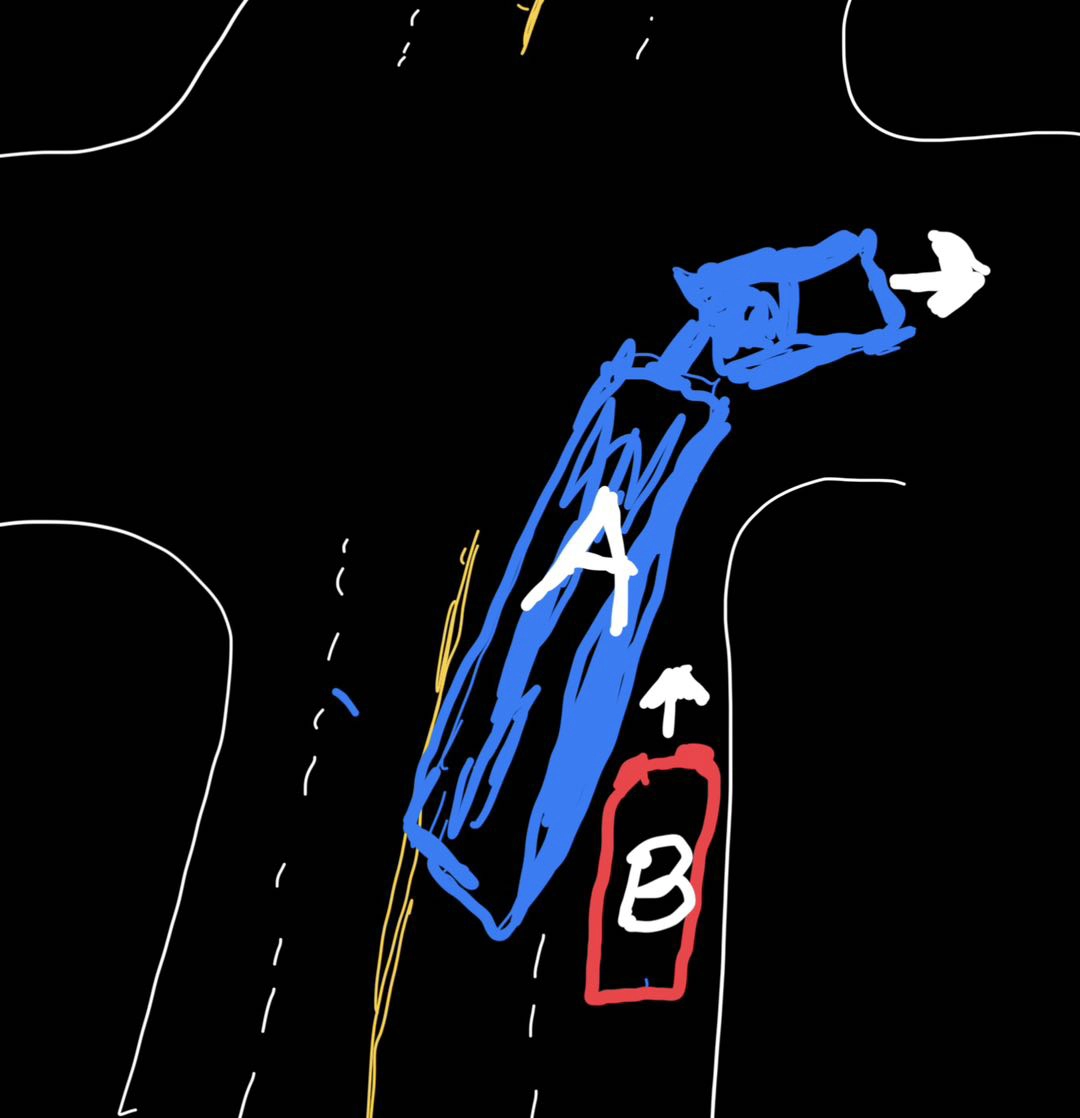- 19 OPENING VEHICLE DOOR IN TRAFFIC
- 18
- 17 PARKING LOT MAIN LANE VERSUS FEEDER LANE
- 16 CRASH EXITING PARKING LOT OR DRIVEWAY
- 15 LEFT TURN CRASH ONCOMING PASSING CAR
- 14 LEFT TURN VEHICLE PASSING ON YOUR LEFT
- 13 CRASH MAKING LEFT AT INTERSECTION, VEHICLE PASSING
- 12 COMMERCIAL VEHICLE MAKING WIDE RIGHT TURN
- 11 VEHICLE MAKING RIGHT TURN WIDE
- 10 REVERSE TURN (UTURN) CRASH
- 09 LEFT TURN CRASH WITH CURB LANE TRAFFIC
- 08 LEFT TURN CRASH WITH ONCOMING TRAFFIC
- 07 HIGHWAY MERGE CRASH
- 06 CRASH BOTH VEHICLES CHANGING LANES
- 05 CRASH WHILE CHANGING LANES
- 04 WHEN A VEHICLE CROSSES CENTER LINE
- 03 STATIONARY VEHICLE CRASH
- 02 REAR END CRASH TWO CARS
- 01 READ ENDER
Driver on right
150 (1) The driver of a vehicle must confine the course of the vehicle to the right hand half of the roadway if the roadway is of sufficient width and it is practicable to do so, except
(a) when overtaking and passing a vehicle proceeding in the same direction,
(b) when the right hand half of the roadway is closed to traffic while under construction or repair,
(c) on a highway designated and marked by signs for one way traffic,
(d) if necessary when operating snow removing equipment, or
(e) if
(i) the movement of a vehicle, or combination of vehicles, is permitted by and is done in conformity with the terms of the oversize permit issued under the Commercial Transport Act, and
(ii) the width of a vehicle, or combination of vehicles, or the width of a load on the vehicle makes the operation of the vehicle or combination of vehicles on the right hand half of the roadway unsafe.
(2) The driver of a vehicle proceeding at less than normal speed of traffic at the time and place and under existing conditions must drive the vehicle in the right hand lane available for traffic, or as closely as practicable to the right hand curb or edge of the roadway, except when
(a) overtaking and passing another vehicle,
(b) preparing for a left hand turn at an intersection or into an exit, a private road or a driveway, or
(c) passing an official vehicle stopped on the side of or on the roadway.
(3) The driver of a vehicle passing around a rotary traffic island must drive the vehicle to the right of the island.
Driving on laned roadway
151 A driver who is driving a vehicle on a laned roadway
(a) must not drive it from one lane to another when a broken line only exists between the lanes, unless the driver has ascertained that movement can be made with safety and will in no way affect the travel of another vehicle,
(b) must not drive it from one lane to another if that action necessitates crossing a solid line,
(c) must not drive it from one lane to another without first signalling his or her intention to do so by hand and arm or approved mechanical device in the manner prescribed by sections 171 and 172,
(d) when approaching an intersection intending to turn left must drive the vehicle in the centre lane or in the lane nearest the centre of the roadway on the right hand half of the highway,
(e) when approaching an intersection intending to turn right must drive the vehicle in the lane nearest to the right hand side of the roadway,
(f) must not pass a vehicle on the left if that action necessitates driving on that part of the highway designated for travel in the opposite direction, and
(g) if a traffic control device directs slow moving traffic to use a designated lane, must when driving slowly drive the vehicle
Passing on right
158 (1) The driver of a vehicle must not cause or permit the vehicle to overtake and pass on the right of another vehicle, except
(a) when the vehicle overtaken is making a left turn or its driver has signalled his or her intention to make a left turn,
(b) when on a laned roadway there is one or more than one unobstructed lane on the side of the roadway on which the driver is permitted to drive, or
(c) on a one way street or a highway on which traffic is restricted to one direction of movement, where the roadway is free from obstructions and is of sufficient width for 2 or more lanes of moving vehicles.
(2) Despite subsection (1), a driver of a vehicle must not cause the vehicle to overtake and pass another vehicle on the right
(a) when the movement cannot be made safely, or
(b) by driving the vehicle off the roadway.
Turning at intersections
165 (1) If the driver of a vehicle intends to turn it to the right at an intersection, the driver must cause it to approach the intersection and then make the turn as close as practicable to the right hand curb or edge of the roadway.
(2) When the driver of a vehicle intends to turn it to the left at an intersection where traffic is permitted to move in both directions on each highway entering the intersection, the driver must
(a) cause the vehicle to approach the intersection in the portion of the right side of the roadway that is nearest the marked centre line, or if there is no marked centre line, then as far as practicable in the portion of the right half of the roadway that is nearest the centre line,
(b) keep the vehicle to the right of the marked centre line or centre line of the roadway, as the case may be, at the place the highway enters the intersection,
(c) after entering the intersection, turn the vehicle to the left so that it leaves the intersection to the right of the marked centre line of the roadway being entered, or if there is no marked centre line then to the right of the centre line of the roadway being entered, and,
(d) when practicable, turn the vehicle in the portion of the intersection to the left of the centre of the intersection.
(3) When the driver of a vehicle intends to turn the vehicle left at an intersection where traffic is restricted to one direction on one or more of the highways, the driver must cause the vehicle to approach the intersection in the extreme left hand lane available to traffic moving in the direction of travel of the vehicle, and after entering the intersection turn the vehicle to the left so as to leave the intersection as nearly as practicable in the left hand lane available to traffic moving in the direction of travel of the vehicle on the highway being entered.
(4) If at an intersection there is a traffic control device indicating the course to be travelled by vehicles turning at the intersection, a driver must turn a vehicle at the intersection in the manner directed by the traffic control device.
(5) A person must not turn a vehicle at an intersection unless it is in the position on the highway required by this section.
Signals on turning
170 (1) If traffic may be affected by turning a vehicle, a person must not turn it without giving the appropriate signal under sections 171 and 172.
(2) If a signal of intention to turn right or left is required, a driver must give it continuously for sufficient distance before making the turn to warn traffic.
(3) If there is an opportunity to give a signal, a driver must not stop or suddenly decrease the speed of a vehicle without first giving the appropriate signal under sections 171 and 172.






Comments are closed